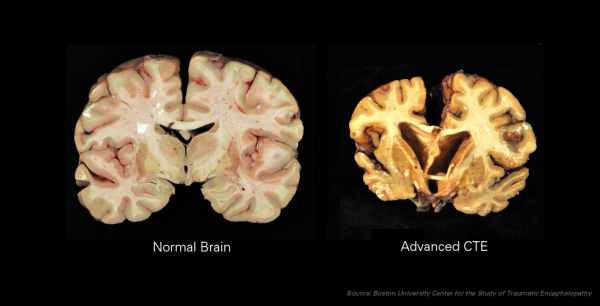It is reassuring to learn that Brig. Gen. Donald C. Bolduc encourages troops under his command to seek help when dealing with the symptoms of post-traumatic stress.
Many in the military believe that headaches, depression and mood swings are simply job fatigue symptoms and that it is “not macho” to seek out treatment. As Gen. Bolduc knows, these common wartime symptoms may be a clear signal of post-traumatic stress (PTSD) or traumatic brain injury (TBI).
In a recent article featured in the New York Times, Gen. Bolduc made the following observation:
General Bolduc wants soldiers under his command — who are stationed in some of the continent’s most difficult parts — to know that seeking help will not hurt their careers. In his opinion, PTSD is the same as a broken arm.
“The powerful thing is that I can use myself as an example,” General Bolduc said. “And thank goodness not everybody can do that. But I’m able to do it, so that has some sort of different type of credibility to it.”
SFTT applauds Gen. Bolduc for taking the lead in encouraging troops under this command to seek out help without the repercussions of a punitive career backlash. Nevertheless, effective treatment options for PTSD are severely limited by current DoD protocols.
Nowhere is this more evident than within the Department of Veterans Affairs (“the VA”). Currently, the VA provides two forms of cognitive behavioral therapy to Veterans with PTSD: Cognitive Processing Therapy (CPT) and Prolonged Exposure (PE) therapy.
Also, to address the symptoms of PTSD the VA may authorize “selective serotonin reuptake inhibitors (SSRIs) are a type of antidepressant medicine. These can help you feel less sad and worried. They appear to be helpful, and for some people they are very effective. SSRIs include citalopram (Celexa), fluoxetine (such as Prozac), paroxetine (Paxil), and sertraline (Zoloft).”
As SFTT has reported on numerous occasions, masking the symptoms of PTSD through cocktails of powerful prescribed drugs has not proved successful and may in fact have triggered suicidal incidents.
In fact, the track record of the VA in treating PTSD has been notoriously ineffective as Maj. Ben Richards pointed out recently in this comprehensive discussion of VA procedures to treat PTSD and TBI:
Contrast Maj. Richards experience, with VA spokesman Dr. David Xavier Cifu to a Congressional Committee:
Personally, I find Dr. David Cifu’s treatment recommendation: “get back to activity as soon as possible” to be particularly disturbing. Not only is Dr. Cifu’s judgement questioned by his peers, but even the NFL has instituted “concussion” protocols which REQUIRE a mandatory rest period after a concussion.
In effect, a battlefield commander could encourage troops under his command to “get treatment,” yet the medical gatekeepers could simply prescribe antidepressants and quickly put the troops back into harm’s way.
Gen. Bolduc is to be complimented on his leadership, but the medical support in the military and VA needed to effectively treat men and women in combat for brain-related issues doesn’t seem to be on the same page. How sad!
Why? Good question, but one can only speculate on the “right” answer.
NFL and the Concussion Settlement
While the VA continues to “whistle Dixie” as the lives of Veterans and their loved ones continue to deteriorate, the leadership of the NFL is finally beginning to acknowledge the terrible harm done to professional athletes caused by repeated concussions.
Joe Nocera of the New York Times reports that a “Crack Appears in N.F.L.’s Concussion Settlement.” NFL leadership has fought tooth-and-nail to hide the corrosive effect of repeated concussions from its players and the public. Nevertheless, thanks to the courageous effort forensic pathologist Dr. Bennet Omalu, popularized in the film “Concussion” starring Will Smith, the NFL acknowledged that Chronic Traumatic Encephalopathy or C.T.E. was a serious health concern.
Now, a Doctor at Boston University’s Chronic Traumatic Encephalopathy Center believes that “I really do foresee being able to diagnose C.T.E. pretty accurately while people are alive sometime in the next five to 10 years,” he said. “Hopefully, even earlier.”
While this is helpful, one must ask what preventive measures can be introduced into football now to prevent C.T.E. from occurring in the future. More to the point, if C.T.E. is predictive, what about the large number of professional players who have settled with the NFL to keep this problem from gaining traction with the public.
The Leadership of the NFL and the VA Have a Problem
The leadership of the NFL and the VA can continue to stonewall investigative committees and deceive themselves, but lives are at risk. Isn’t it about time that the leadership of both organizations step up and “own the problem” and do their best to help players and servicemembers recover their lives?
ShareOCT
2016


About the Author:
Vietnam vintage US Army officer who honors the brave men and women who serve our country.